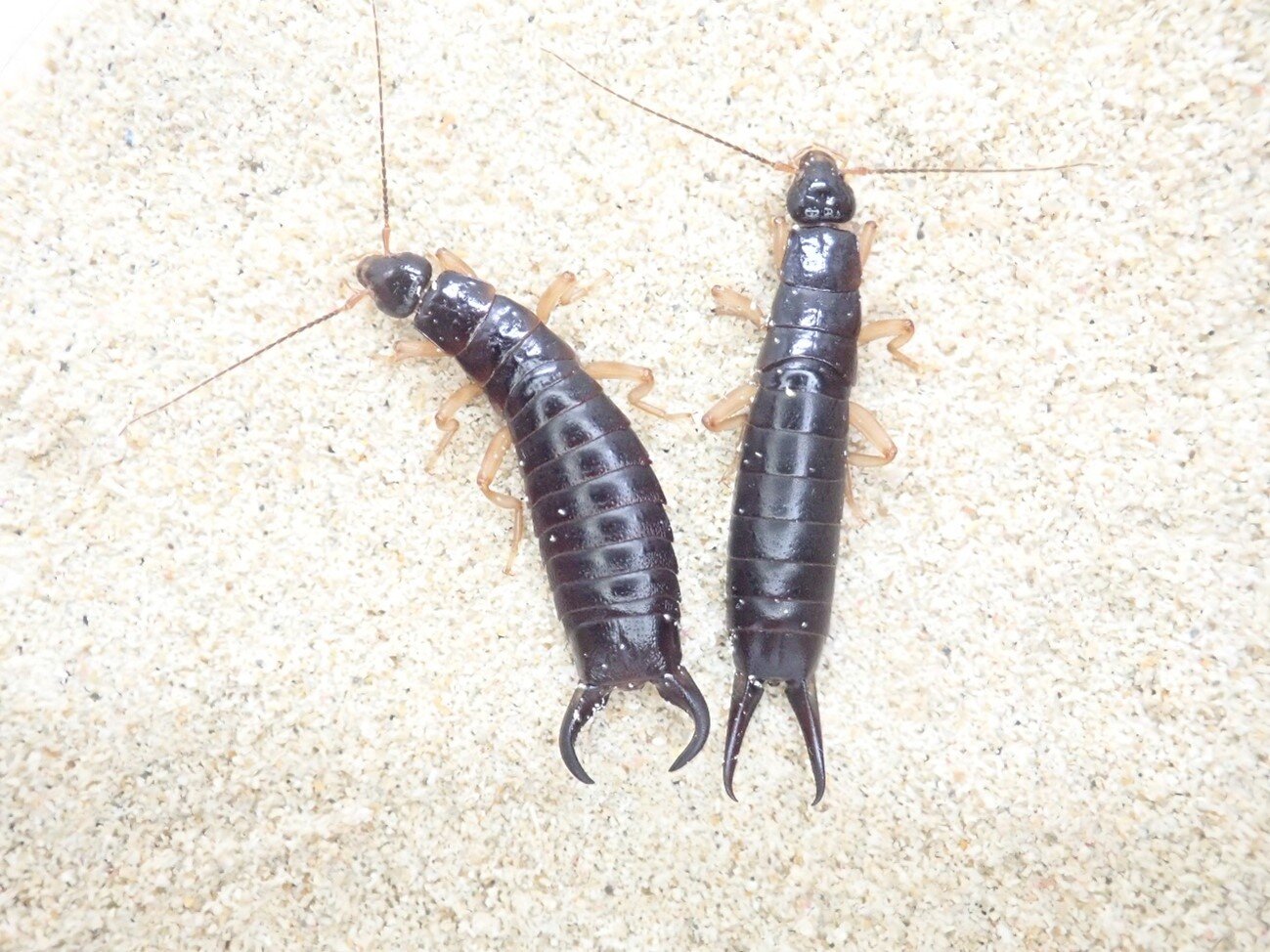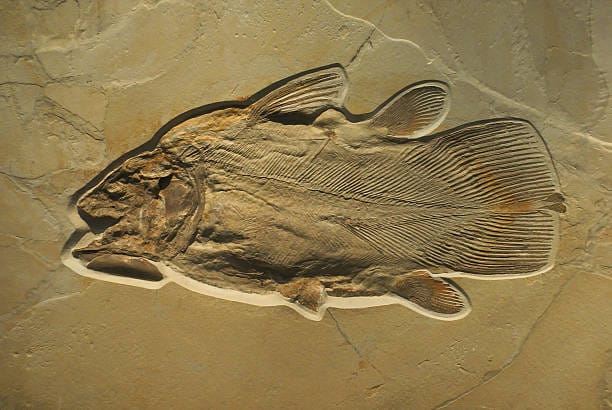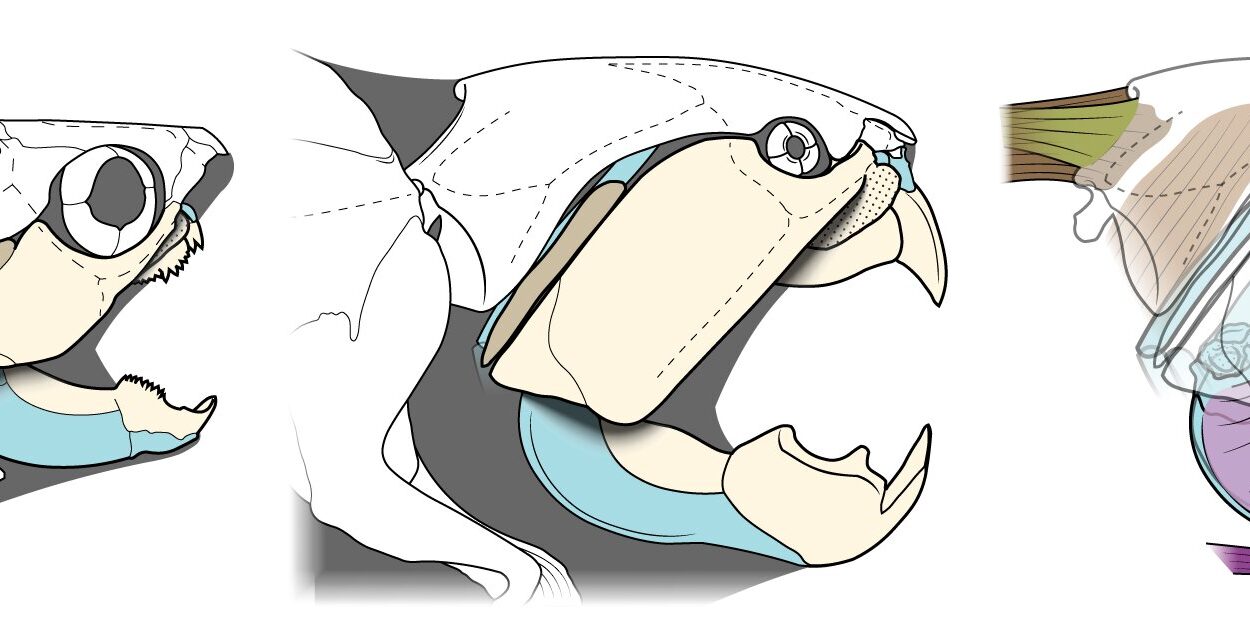In the world of animal combat, size often matters—but so does shape, symmetry, and sometimes, a well-placed pincer. For decades, biologists have been fascinated by the bizarre and often oversized body parts that animals evolve to outmatch rivals and attract mates. Think of the colossal antlers of elk, the exaggerated claws of fiddler crabs, or the mighty horns of beetles. These extravagant traits are classic examples of positive allometry—where certain appendages grow disproportionately larger than the rest of the body.
But what if it’s not just the males wielding these exaggerated weapons?
A new study from Toho University in Japan is challenging long-standing assumptions about sexual selection and weapon evolution by shining a spotlight on a creature that’s as unassuming as it is misunderstood: the earwig. Specifically, researchers have found that female earwigs also show evidence of positive allometry in their forceps, the pincer-like appendages at the rear of their abdomen—hinting that these structures might not be reserved solely for showy male combat, but could be part of an evolutionary arms race among females as well.
The findings, published in the Biological Journal of the Linnean Society, mark a pivotal shift in how scientists view the evolution of sexually dimorphic traits—and who gets to wield them.
The Curious Case of the Earwig’s Rear-End Weaponry
To the casual observer, earwigs may seem like humble, nocturnal garden dwellers. But a closer look reveals something remarkable: those distinctive rear pincers—properly called forceps—are not just decorative tools. In male earwigs, these forceps are thick, curved, and robust, designed for grappling with rival males in battles for mating rights. This has been well-documented and widely accepted in evolutionary biology circles.
What hadn’t been explored—until now—is whether female earwigs wield their forceps for similarly competitive purposes. Female forceps are typically slimmer, longer, and straighter than those of males. But do they scale with body size the same way? And do they serve a purpose beyond basic survival?
This is where Tomoki Matsuzawa, then an undergraduate student, and Associate Professor Junji Konuma of Toho University’s Department of Biology stepped in.
An Unexpected Pattern in the Data
The research team conducted a comprehensive morphometric analysis on the maritime earwig (Anisolabis maritima), a species found near coastlines across the globe. They measured various body parts—head, thorax, abdomen, and both left and right forceps—for numerous individuals of both sexes. Using log-log scale regression analysis, they plotted forceps dimensions against overall body size to see how these structures scaled.
As expected, male earwigs displayed positive allometry in forceps width—meaning their pincers grew disproportionately wider as body size increased. But the surprise came when they examined the females. Though female forceps were shaped differently, they also showed positive allometry—this time in forceps length. As female body size increased, so did the length of their pincers, and at a rate faster than the rest of the body.
This result shattered the long-held assumption that female forceps were merely vestigial or for benign uses like grooming or egg-laying. Instead, the data hinted at a much more combative role.
A Silent Battle Among Females?
The idea that females might evolve weapons for use in sexual competition is still a relatively new and controversial one. For decades, evolutionary biologists focused almost exclusively on males when studying sexually selected traits. Male birds grew colorful plumage; male deer sprouted antlers; male beetles bore enormous horns. Females, by contrast, were often seen as passive selectors rather than active participants in competitive struggles.
But as Associate Professor Konuma points out, earlier behavioral studies had already observed that female earwigs sometimes fight for access to non-aggressive males—a kind of sexual selection dynamic that flips the traditional script. If males are the choosy ones, and females must compete for mates, then natural selection may favor those females who are better equipped to win physical confrontations.
“In such contexts,” says Konuma, “female forceps could have evolved as effective weapons, much like in males. This adds a new dimension to our understanding of sexual selection.”
Sexual Dimorphism: Not Just About Flash and Flair
One of the more striking aspects of the study is how clearly it demonstrates sexual dimorphism—differences in body shape and structure between males and females—in earwig forceps. The males’ pincers are built for brute force: short, stocky, and deeply curved, ideal for grasping and overpowering opponents. Female forceps, by contrast, are straight and slender, suggesting a different fighting style—perhaps one based on speed, agility, or precision rather than strength.
This difference may reflect divergent evolutionary pressures. Males may engage in full-on brawls, while females might favor quicker skirmishes or threats that deter rivals without actual combat. Still, both structures are exaggerated relative to body size, which is the smoking gun of sexual selection via positive allometry.
It’s not just about who has bigger claws—but who has proportionally more elaborate ones for their size.
Rewriting the Evolutionary Narrative
This research adds to a growing body of evidence that female animals are not merely passive participants in evolution. In recent years, studies have shown that female competition—whether for mates, resources, or social dominance—can drive the evolution of complex traits just as forcefully as male competition.
“It’s time we look more seriously at female traits when studying morphological evolution in insects and other animals,” Konuma notes. “Our findings suggest that important dynamics may have been overlooked simply because we weren’t looking closely enough.”
And that’s the crux of it: much of biology has been historically male-centric, focusing on the flashiest traits and the most dramatic displays. But as this study shows, female weaponry might be subtler, but no less significant.
Beyond the Earwig: Implications for Evolutionary Biology
The implications of this research extend far beyond the modest maritime earwig. Positive allometry has been documented in everything from moose antlers to rhinoceros beetle horns. But understanding how and why both sexes evolve exaggerated traits—and under what social and ecological pressures—is essential for building a more complete picture of evolutionary processes.
It also opens the door to new questions. Do female earwigs with longer forceps win more fights? Do they produce more offspring? Are males in certain populations more passive, encouraging more intense female-female competition? What does this say about the balance of power in mating systems across the animal kingdom?
Future research may seek to answer these questions through behavioral observation, genetic analysis, and expanded morphometric studies across more earwig species—and perhaps other insects as well.
Conclusion: A New Chapter in the Evolutionary Arms Race
In the quiet coastal shadows where Anisolabis maritima scuttles beneath rocks and driftwood, an evolutionary story has been unfolding that we’ve only just begun to understand. The discovery that female earwigs, like their male counterparts, may bear arms shaped by sexual selection, forces us to rethink long-held beliefs about how evolution shapes the sexes.
Far from being biological footnotes, the females of the species may be engaged in battles of their own—ones fought with slender, strategic precision rather than brute force.
And so, the earwig, often dismissed as a garden pest or horror movie punchline, offers something truly profound: a reminder that in the grand theater of evolution, every player has a role, every weapon has a purpose, and sometimes the fiercest fights happen in the smallest corners of the natural world.
Reference: Tomoki Matsuzawa et al, Positive allometry in the forceps of the female earwig Anisolabis maritima (Dermaptera: Anisolabididae), (2025). DOI: 10.1093/biolinnean/blaf031






